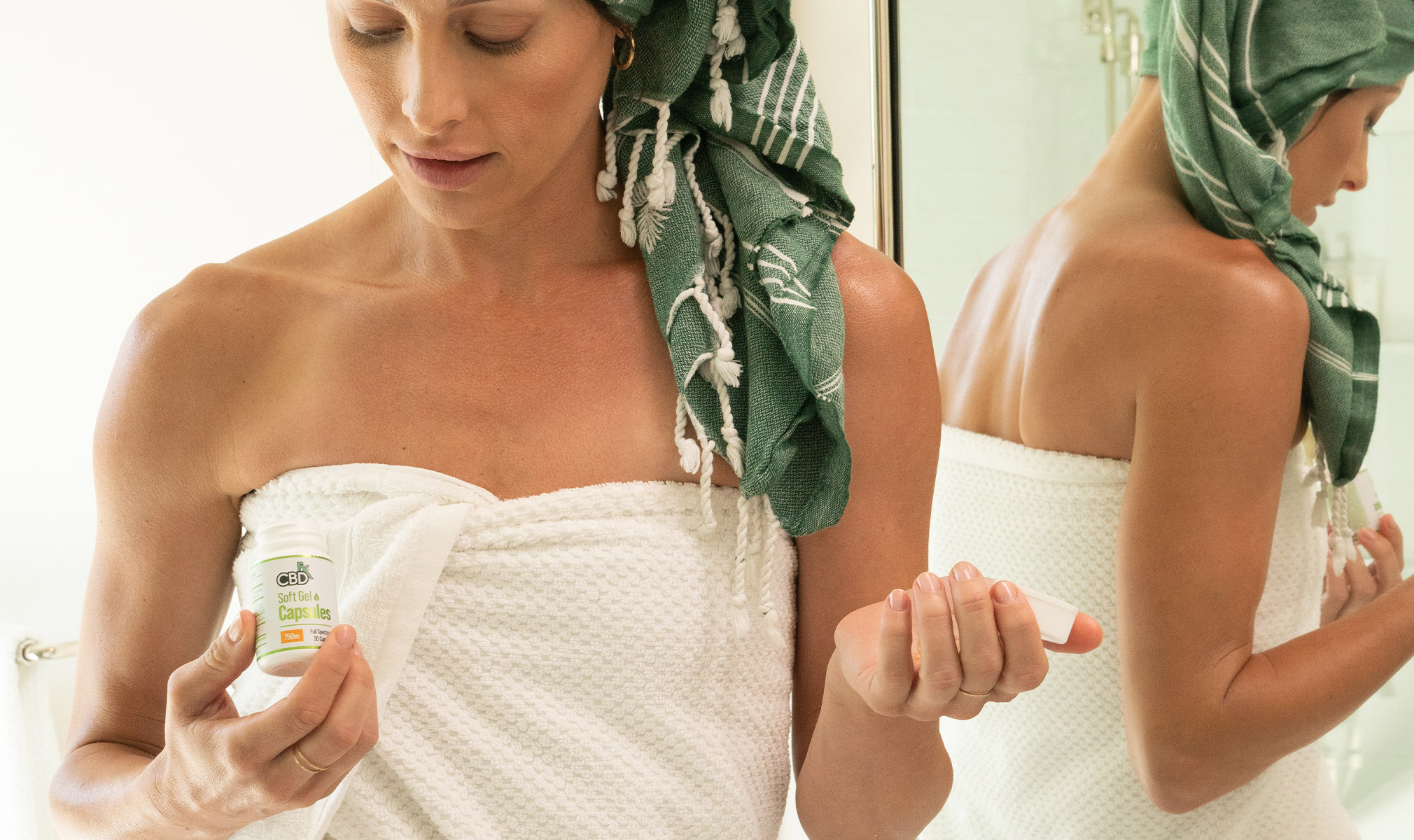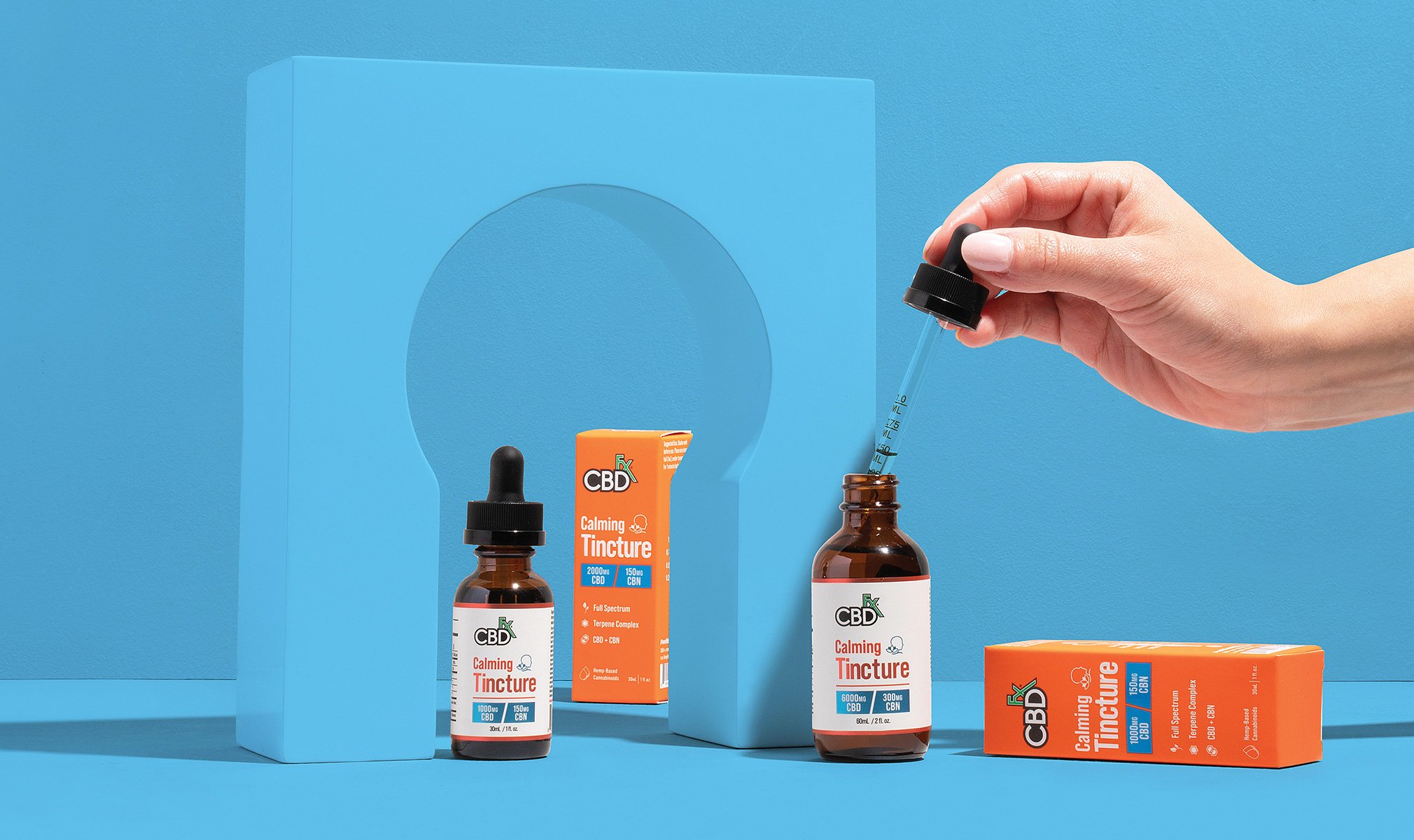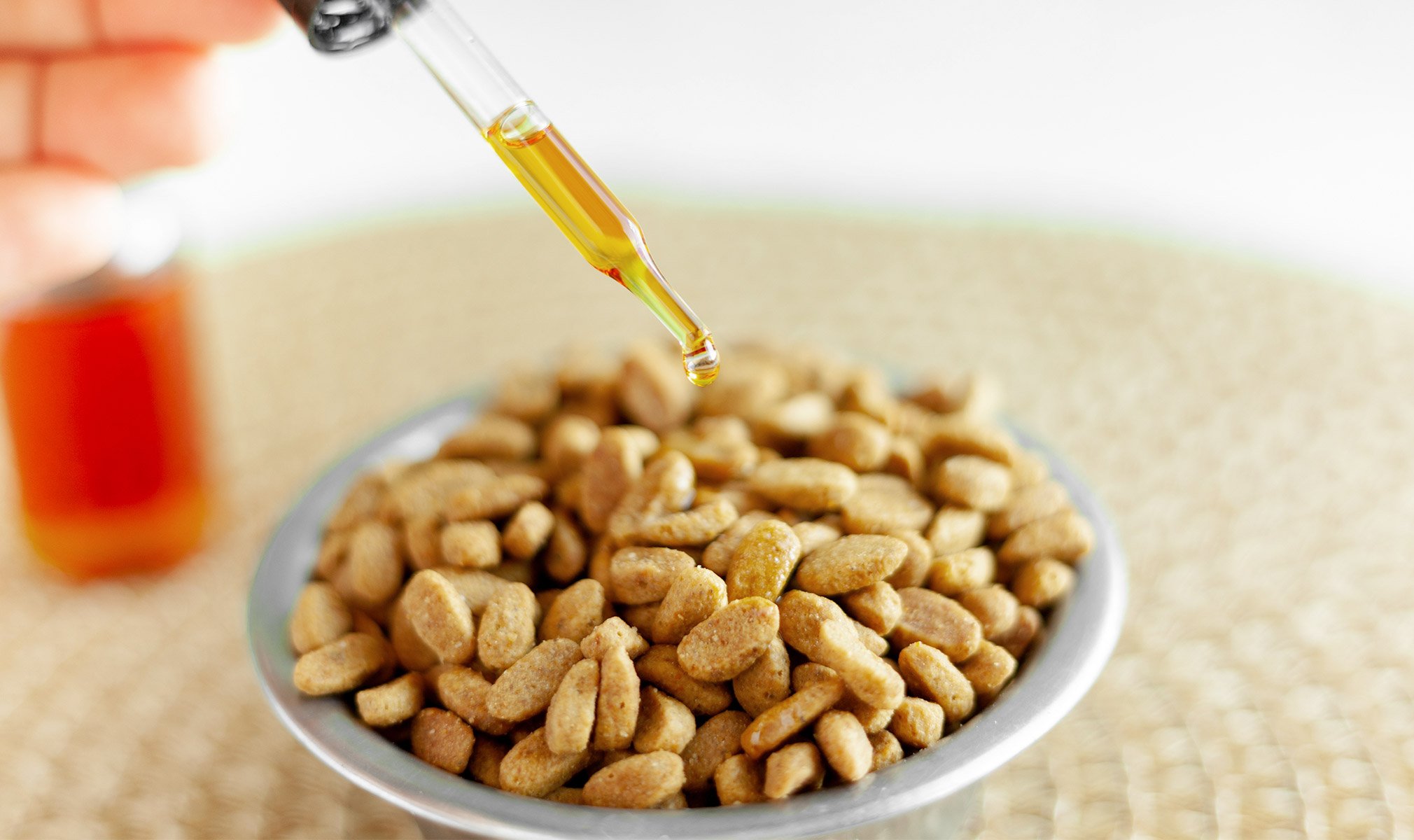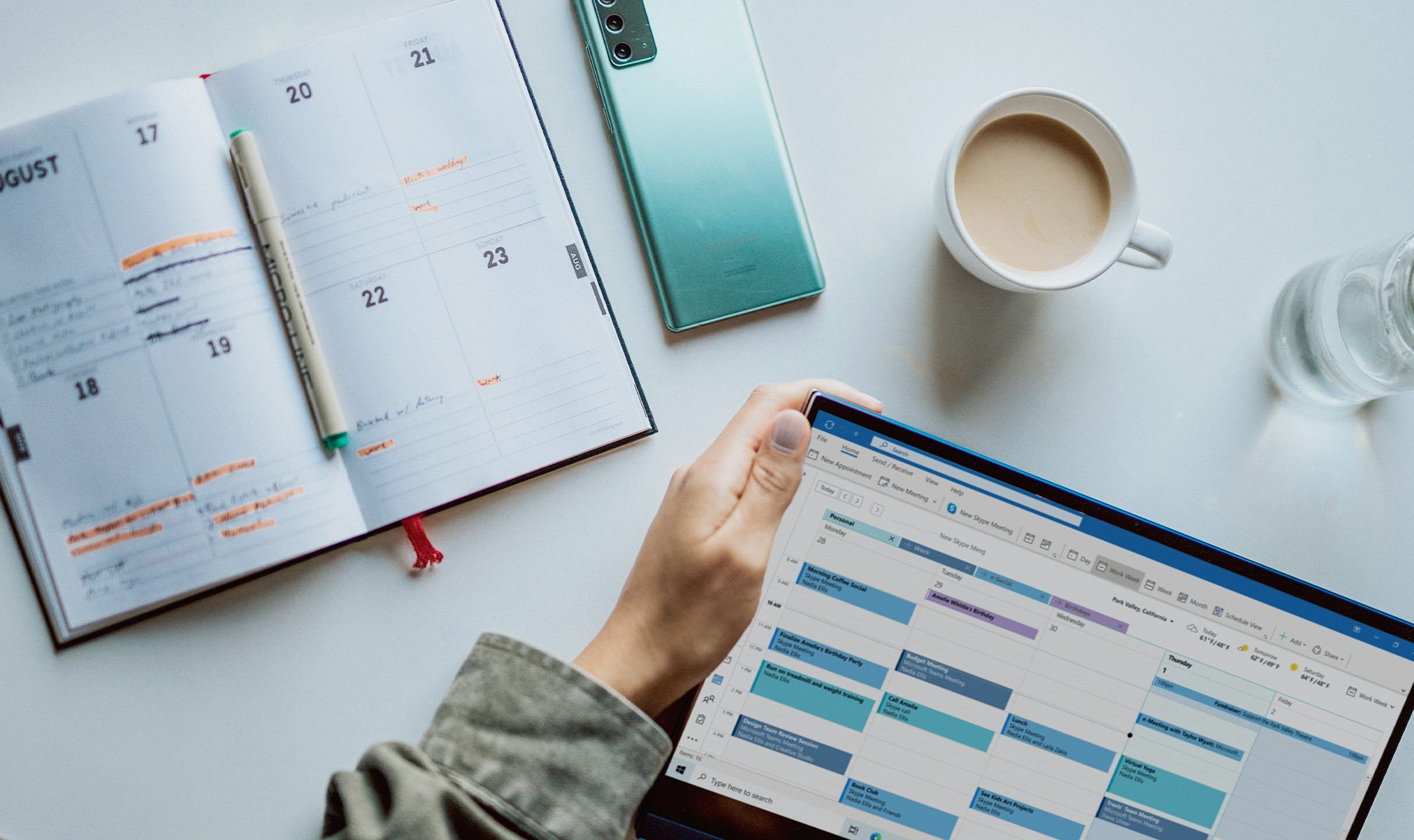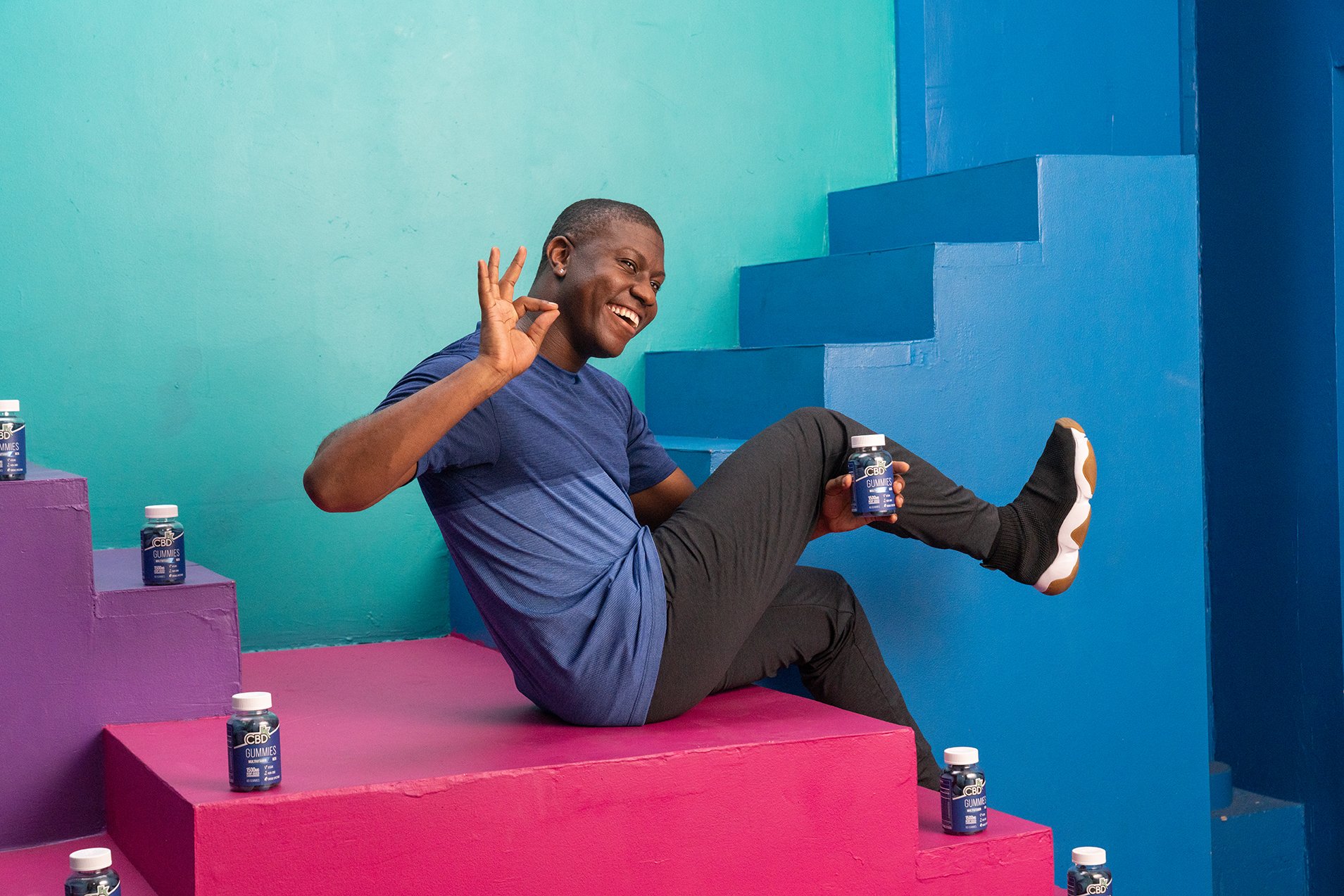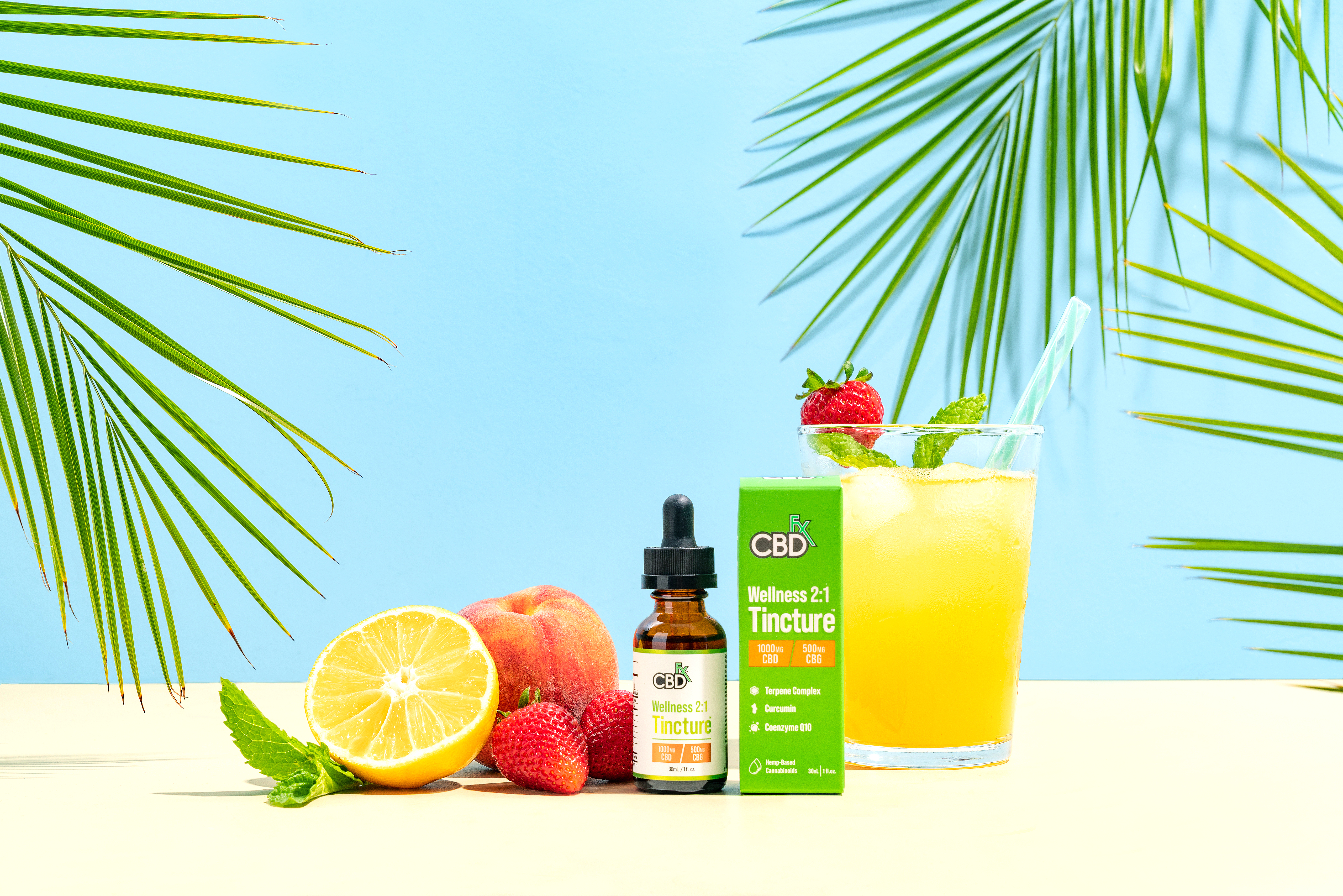Reading a CBD product label and finding the right CBD product for you is easy when you know what to look for. From the soil the hemp plant is grown in to the way CBD is extracted, there are a lot of factors that influence the quality of CBD products, from tinctures to gummies.
While a lot of scientific terms are thrown around when it comes to the world of CBD, we’re going to break them down today and let you know what to look for and how to read your CBD product label with confidence.
Oh, and don’t worry — we’ll break down all the things to look for in a handy-dandy list below!
CBD Labels 101: Cannabis, Hemp or Marijuana?
To best understand CBD labels, we first have to understand the basics of cannabis. For instance, what do we call the plant itself? Cannabis? Hemp? Or, is the cannabis on your CBD product label marijuana?
Hemp, CBD and What to Look for on Your Label
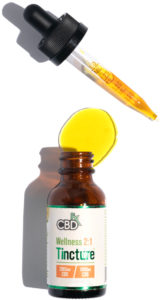
The cannabis plant — both hemp and marijuana — is a kind of plant known as a phytoremediator. That means that it’s extremely effective at absorbing everything in the soil where it grows. In fact, cannabis is so good at cleaning the soil around it that it’s often relied upon to suck up heavy metals, toxins, pesticides and more in polluted soil.
But where do all those toxins go? Into the plant. So, what’s the first thing you look for on your CBD product label? Organic, pesticide-free cultivation practices!
CBD Labeling: Cannabinoids and CBD Products
Okay, so what is CBD? First of all, it’s short for cannabidiol, and it’s a kind of molecular compound called a cannabinoid that’s found in — you guessed it — cannabis.
CBD is just one of more than 100 cannabinoids that naturally occur in the cannabis plant. Cannabinoids, like CBD, CBG, CBN and CBC, are some of the most popular ones you’ll see on your CBD product label. Unlike their (in)famous cousin THC, these other cannabinoids are not psychoactive, meaning they don’t get you high the way THC does.
Each of these cannabinoids serves a unique function, and we’re still just beginning to understand how they work both individually and together.
We’ve put together some great guides to give you in-depth info about the most popular cannabinoids:
- CBG — our wellness and focus buddy**
- CBC — CBD’s parter to soothe irritation**
- CBN — combines with CBD for a super chill**
While these are just a handful of the many powerful cannabinoids, they are the ones that appear most frequently on CBD product labels. Specific CBD products formulated for rest, wellness, or other purposes will typically state in large print on their front label that they use other cannabinoids to supplement CBD.**
This is often listed in a ratio. For instance, our CBD + CBG Wellness Tincture is made with a 2:1 ratio of CBD to CBG because many people find this combination to have an energizing, focusing effect.**
CBD Label Terms: Terpenes & Flavonoids
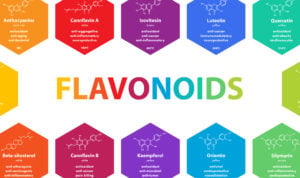
Terpenes are compounds that give plants their scent. They’re especially abundant in tea, cannabis, citrus fruits and herbs. In addition to scent, they’re believed to work together with cannabinoids to great soothing effects, helping with a range of issues.**
On our CBD product labels, you’ll often find that we add special terpene blends formulated with terpenes specifically chosen to enhance the specific effect of that product, for instance blends to help CBD absorption or to improve rest.**
Flavonoids, contrary to what their name implies, have nothing to do with flavor. Instead, they’re the compounds that give plants their color. They’re also studied for a huge range of therapeutic benefits much like terpenes.**
Both of these compounds have been extensively studied for their benefits, and they’re utilized in a huge range of products well beyond the CBD industry.**
CBD Research: How Do Cannabinoids Work?
Understanding what CBD and the other compounds we find on our CBD product labels do when they interact with our bodies is key to understanding why there are so many different types of products.
Cannabinoids, like CBD, interact with a cell-signalling network in our bodies called the endocannabinoid system. This system is closely integrated with our central and peripheral nervous systems, as well as systems that regulate immune response, mood, sleep, digestion and much more.
When cannabinoids, flavonoids and terpenes interact with receptors in our endocannabinoid system, they impart their benefits to those tissues, organs and systems where the receptors are located.**
One of the most exciting discoveries about cannabinoids and our endocannabinoid systems is that when we combine them with one another, they actually achieve a broader and more powerful effect than when used on their own. This is known as the Entourage Effect — a synergistic effect where multiple compounds work together to modify each other’s effects while also enhancing the overall effect.** In other words, the whole is far greater than the sum of its parts.
The Entourage Effect is key to why we combine multiple compounds in our formulas, and key to understanding what to look for in your CBD product label.
CBD Oil Basics: It’s a Spectrum
One of the most important things to understand about CBD oil, especially when it comes to the Entourage Effect, is spectrum. There are three predominant types of CBD used in CBD products: full spectrum CBD oil, broad spectrum CBD oil and CBD Isolate.
Full spectrum CBD contains all the cannabinoids, terpenes, and flavonoids present in the hemp plant, including legally allowed trace amounts (0.3%) of THC.
Broad spectrum CBD filters out the remaining amounts of THC to undetectable levels, leaving you with a robust mix of cannabinoids, terpenes, and flavonoids.
CBD isolate is 99% pure CBD with all other other cannabinoids, terpenes, flavonoids and remaining plant matter removed. You won’t experience the Entourage Effect with CBD isolate, but you will have the purest form of CBD possible.
Both full spectrum CBD and broad spectrum CBD products are capable of achieving the Entourage Effect. Every label should tell you which kind of CBD is in your product.
Labeling Products as Hemp Oil
And one last note on CBD oil before we move on: hemp seed oil is not the same thing as CBD oil. Hemp seed oil contains no cannabinoids, terpenes or flavonoids. It does have some nice skin-care properties, but it’s not CBD oil. To complicate matters, sometimes hemp seed oil is labeled as “hemp oil” … a name which can also appear on CBD products. So, you should definitely check the ingredients to make sure your oil actually contains CBD. Don’t assume hemp equates to CBD!
CBD Product Labels: CBD Oil Extraction
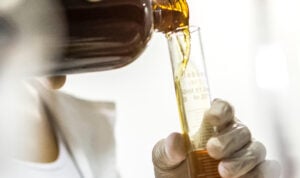
CO2 extraction is one of the best methods for extracting cannabinoids. This process uses CO2, pressure, and heat to extract cannabinoids, turning them into liquid. This avoids solvent residue that appears in less pure products, while also ensuring the most potent final CBD product.
If the product label doesn’t tell you a brand’s method of oil extraction, check for information on their website. CBDfx always uses clean, efficient CO2 extraction.
CBD Labels: How Much Is Enough?
Everybody is different, and every body is different. That means there’s really no such thing as a “standard” serving or concentration of CBD. It depends on how our unique bodies metabolize compounds, how big or small we are, whether our CBD product is something we eat and digest, inhale, or hold under our tongues to be absorbed directly into our bodies.
So, when you’re considering the concentration of CBD and other compounds in your product, or when you’re trying to decipher the amounts listed on your CBD product label, you first need to understand what works best for you.
We recommend starting with 20 mg of CBD as a serving and seeing how it works out for you.
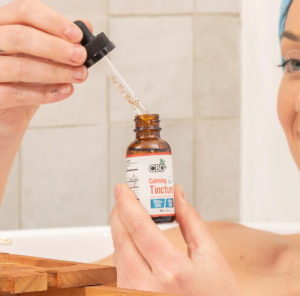
Depending on the product you use — tincture oils, gummies, capsules, etc. — serving sizes will be different. While each CBD gummy is measured for a specific amount, tincture oils need you to do a little math.
Tincture oils come with a 1 mL dropper, so the label should tell you how much of a given product to take per serving. If you can’t find that info on the label, just divide the CBD mg by the bottle size to determine how much is in each dropper.
For instance, our CBD + CBN Calming Tincture is available in five different strengths, dictated by milligrams of CBD and CBN per bottle. Here’s a formula to understand how much you’re getting per serving:
1 serving/dropper = 1mL
30 servings per bottle
Regular Strength = 500mg CBD in 30mL, so 500mg in the entire bottle.
If we divide 500 by 30, we find out that 1 dropper of tincture contains 16.7 mg of CBD.
In comparison, Ultra Strength tincture contains 6,000mg of CBD per bottle, coming out to 200mg of CBD per dropper.
That’s a big difference.
We don’t recommend you use a dose like this unless you are a very experienced user of CBD and understand how it affects you. Plus, you will likely be able to achieve your health goals using much lower doses, so that will save you money!
CBD Label Roundup: Your Checklist
Okay, that’s a lot of info. Let’s break it down.
- Look for CBD that comes from organic, pesticide-free, non-GMO sources
- Choose CBD extracted with the CO2 extraction process
- Study up on your non-CBD cannabinoids, terpenes and flavonoids to know which ones to look for in your product of choice
- Look for full or broad spectrum products to make the most of the Entourage Effect
- Avoid full spectrum CBD products if you want to avoid all detectable amounts of THC
- Do the math to know just how much CBD you get per serving (newbies should start with 20mg of CBD per serving)
- Look for a lab report! A report from a third-party lab will show you exactly what is in your product, including any detectable amounts of pesticides or toxins. This is crucial to picking a pure and safe product. Our product labels have a QR you can scan that will take you directly to that product’s lab report.
Finding the Best CBD Products and Brands
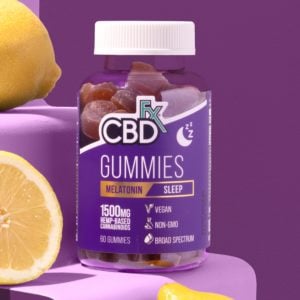
Whether you want to try a CBD gummy for sleep, a CBD tincture for wellness and focus, or a CBD topical for sore muscles and joints, we have products for you with easy-to-understand labels, third-party lab reports, and an abundance of carefully selected, pure ingredients.
For a great Entourage Effect experience, try our CBD + CBN Oil Calming Tincture!
